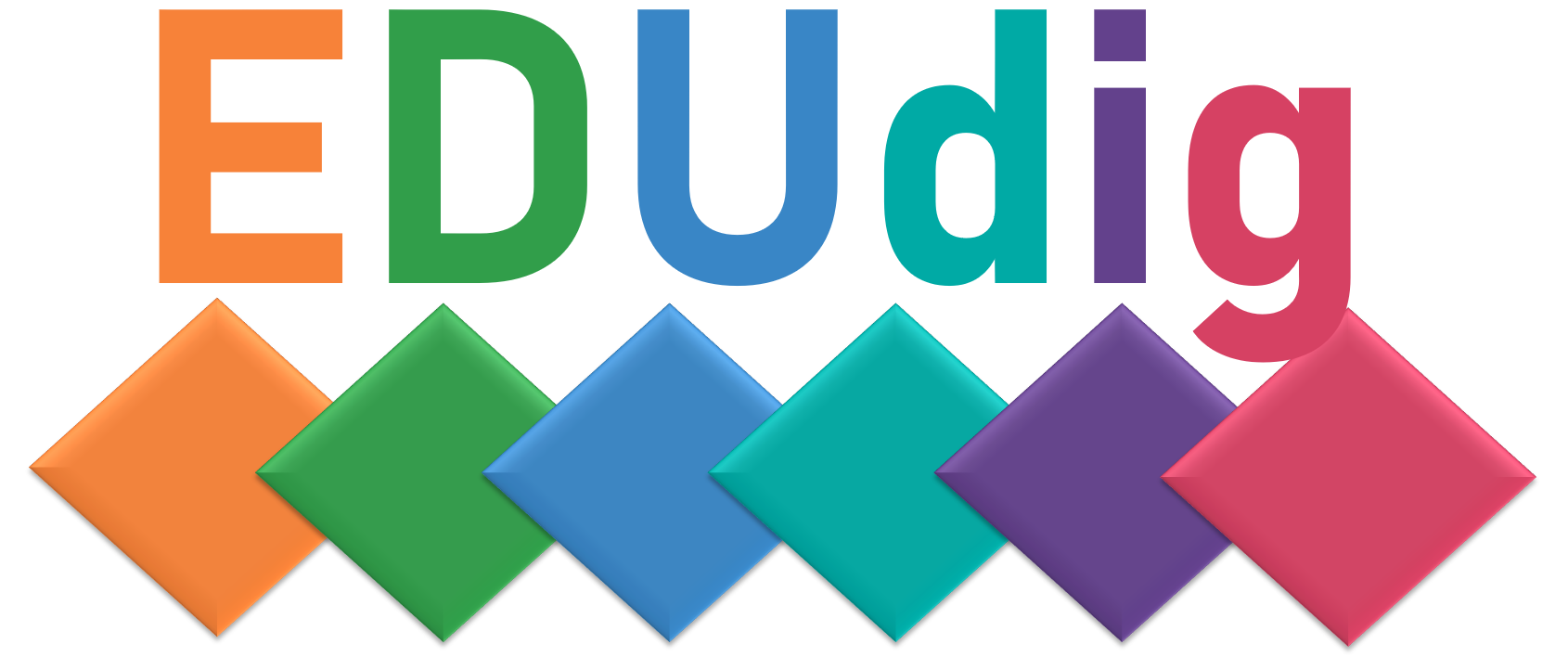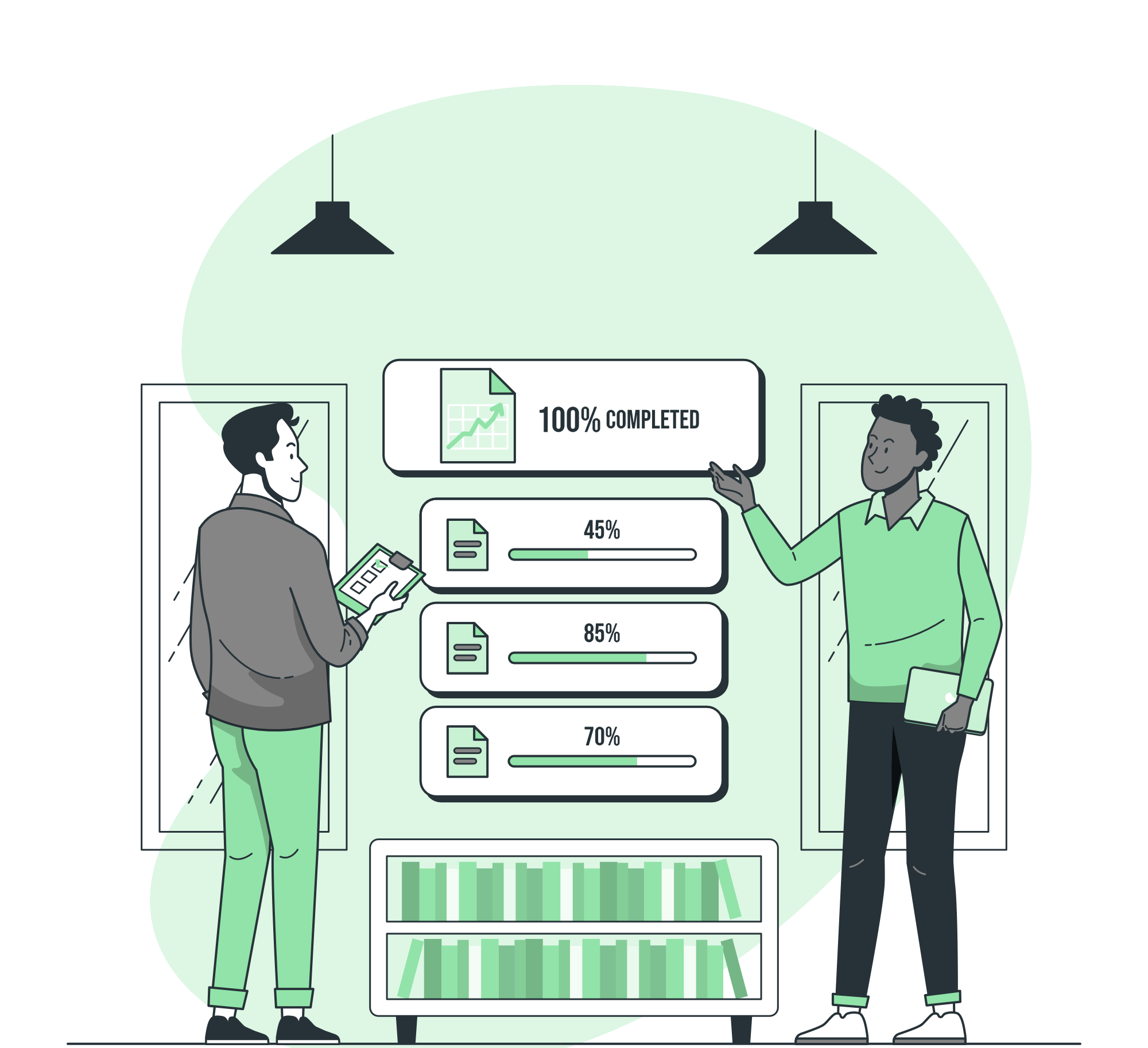Training
3 Facilitating digitally enhanced collaborative learning
3.1 About this chapter
Collaborative learning settings not only offer the opportunity to share learning, but also to develop future skills that go beyond traditional knowledge acquisition. Reflection, critical thinking, self-development, teamwork and establishing connections between different areas of knowledge, are skills that are promoted. Through well-designed guidance, students can act independently without losing the learning objective. Promoting learning as a reflective and co-constructed process between students is the main goal of collaborative learning settings.
In digitally enhanced collaborative learning settings, educators and students must deal not only with the learning task itself, but also with technical factors. Via synchronous and asynchronous sessions educators and students need to establish communication formats that enable active collaboration.
The use of collaborative online learning technologies is therefore both a prerequisite and the result of successful online collaboration.
There are many ways to design digitally enhanced collaborative learning settings. In the following, three possibilities are presented to implement this collaborative learning approach, namely gamification, digital escape room and podcasting.
The main goal of this chapter is to ensure that trainees can achieve the following learning goals:
- Design gamification for collaborative learning;
- Design a digital escape room for collaborative learning;
- Create a podcast for collaborative learning;
- Thus, promote collaborative learning as a reflective and co-constructed process between students.
Collaborative learning can be applied to an entire course, a single module or unit, or even a single activity. Although creating a collaborative learning environment can be time-consuming, once the structure is established, it can be easily replicated for other classes.
The specific settings can require more time. For instance, the gamification preparation process consists of several phases. The first part of the gamification preparation is design. It involves the definition of learning objectives and the purpose of the activity or program. The next phase is development; it involves implementing the concept, defined in the design phase, into the activities for students. That means creating activities using educational technology, e.g. available tools. And then can start the realisation, the course with gamified elements.
However, the positive aspect is that most of the elements and mechanics created during the first implementation of gamification can be reused for other units, courses, or topics. The length of the playtime depends on the activity and can range from 15-20 minutes to several days or even an entire semester.


